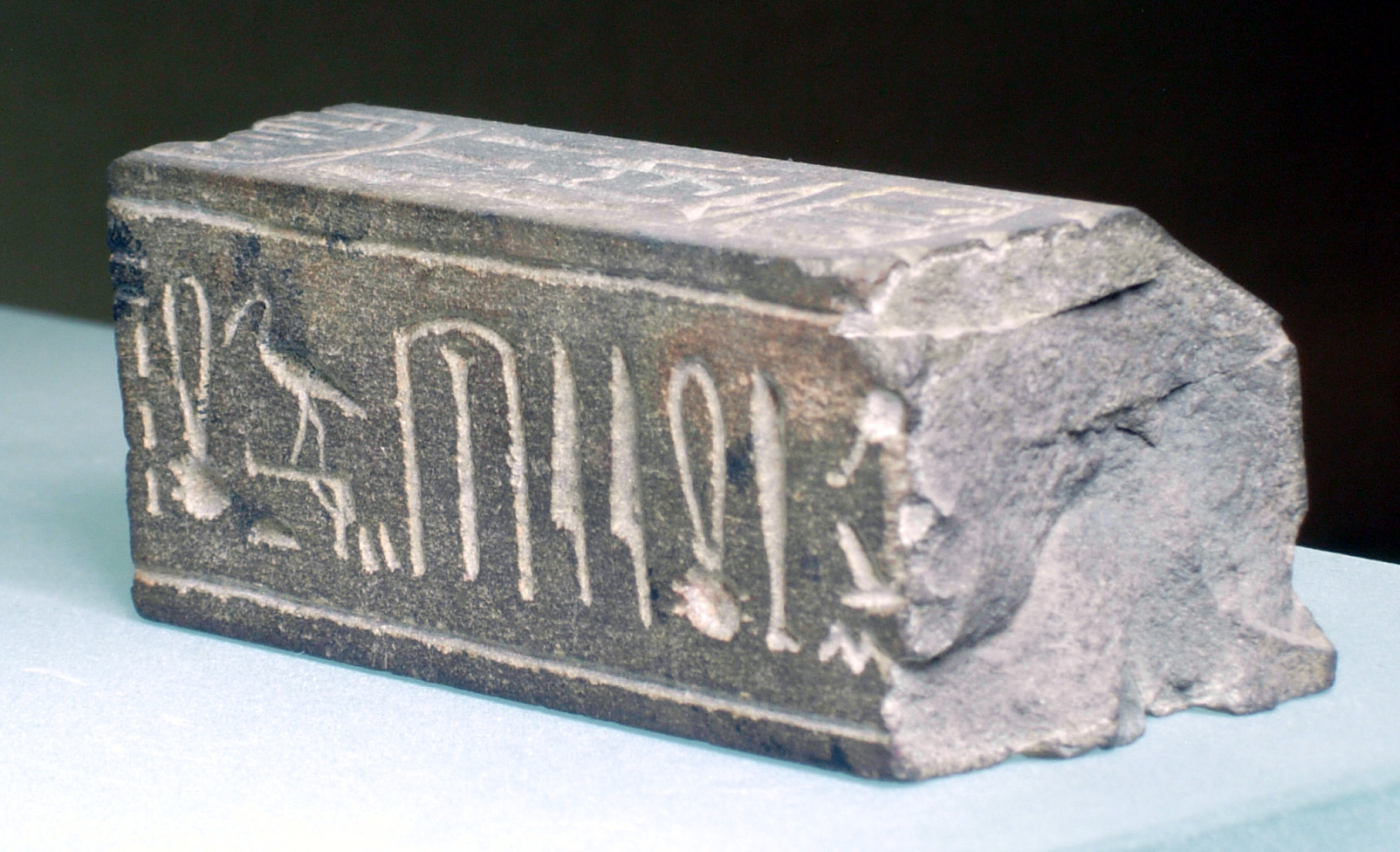Journal Thread #1 / Prompt 1 - Analyzing Artifacts
Step into the shoes of an archaeologist and interpret the possible significance and use of an artifact.
Teacher Tips!
Many activities have a teacher view and a student view, and teachers can switch between those views by clicking the blue button in the upper-right. Students will not see this option - only teacher accounts see both views. The teacher view will start with overview text, if available, to frame the activity and get you started. This view will also have teacher tips and suggested answers to student questions spread throughout the activity. The teacher text interleaved with student-facing text will be in italics and should appear as a different color on your screen. Teacher tips are designed to help you deliver a learning experience that is best suited for your classroom.
Printing Reminder
Whichever view you see on your screen is what will print. You can print this activity without teacher tips by selecting the student view, or print with teacher tips by switching to teacher view. Simply use the standard print function available for your web browser. No extra steps are required.
Title of Activity:
Journal Thread #1 / Prompt 1 - Analyzing Artifacts
Curriculum Collection:
NIST Universal Constants, Introduction
Description:
Using a historical analogy, students reflect on use of artifacts for measurement.
Target Grade Level:
Grades 8-12
Discipline or Course:
Physical Science
Time Frame:
30 minutes
Suggested Grouping:
Individual
Key Vocabulary:
- Artifact
- Standard
Teacher Prep:
This journal prompt could be approached in at least 3 different ways by students. Students should demonstrate that they can ask solid questions (that could be investigated) and argue from evidence.
Potential questions:
- First, the prompt does not include any indication of time. The Egyptians built pyramids over many centuries. There is no reason to assert that the cubit artifact and the pyramid were contemporaneous. A researcher might date the artifact and the pyramid to get more evidence.
- Second, the artifact might have changed over time. Erosion of the artifact or the pyramid might explain the difference (about 13 mm per meter).
- Third, the hieroglyph “diary” itself might be wrong. It could have been written by a third party or someone who was not really familiar with precise measurements. The researchers might look for inconsistencies or other documentation.
The rubric can be modified for student, whole class, or teacher use.
Possible Rubric
|
|
Novice |
Average |
Advanced |
|
Generating questions |
No trial explanations |
One trial explanation |
Two or more trial explanations |
|
Understanding of measurement process |
No evidence that the student understands the process or use of the cubit artifact |
Partial evidence that the student understands the process or use of the cubit artifact |
Solid evidence that the student understands the process or use of the cubit artifact |
|
Identification of arguments based on evidence |
No suggestions of new evidence that might support explanations, or contradictory evidence |
Inconsistent connections between proposed new evidence and one or more explanations |
Clear connections between proposed new evidence and one or more explanations |
STUDENT CONTENT BELOW
What is an artifact? Watch the video.
One of the most exciting artifacts an anthropologist might find is a diary or journal — a first-person report of events, questions, and ideas. A diary is often a form of measurement too. It can show the growth of our understanding.
As you go along, you will build understanding of measurements in two ways: You’ll think about the methods (practices) and goals of metrologists, and you will explore the constants themselves and how they are used in measurement.
Begin here. And remember, you’ll be measuring your own growth so it’s fine to speculate, hypothesize, and even revise what you’ve written before. One key skill, though, is arguing from evidence. So explain: “I believe this…” or “I predict this…” because...
An Egyptologist finds a relic of ancient measurement, a stone cubit at the site of an ancient village.
At another site, there is a small pyramid. Inside it there are hieroglyphs that specify the dimensions of the pyramid’s base. But the measurements do not match exactly. If the stone cubit had been used to build the pyramid, the base would have been about 3 percent larger.
Describe how a cubit stone like this might have been used. Then think about explanations for the difference. What could have caused it? What further evidence might help support or refute your proposed explanations?




